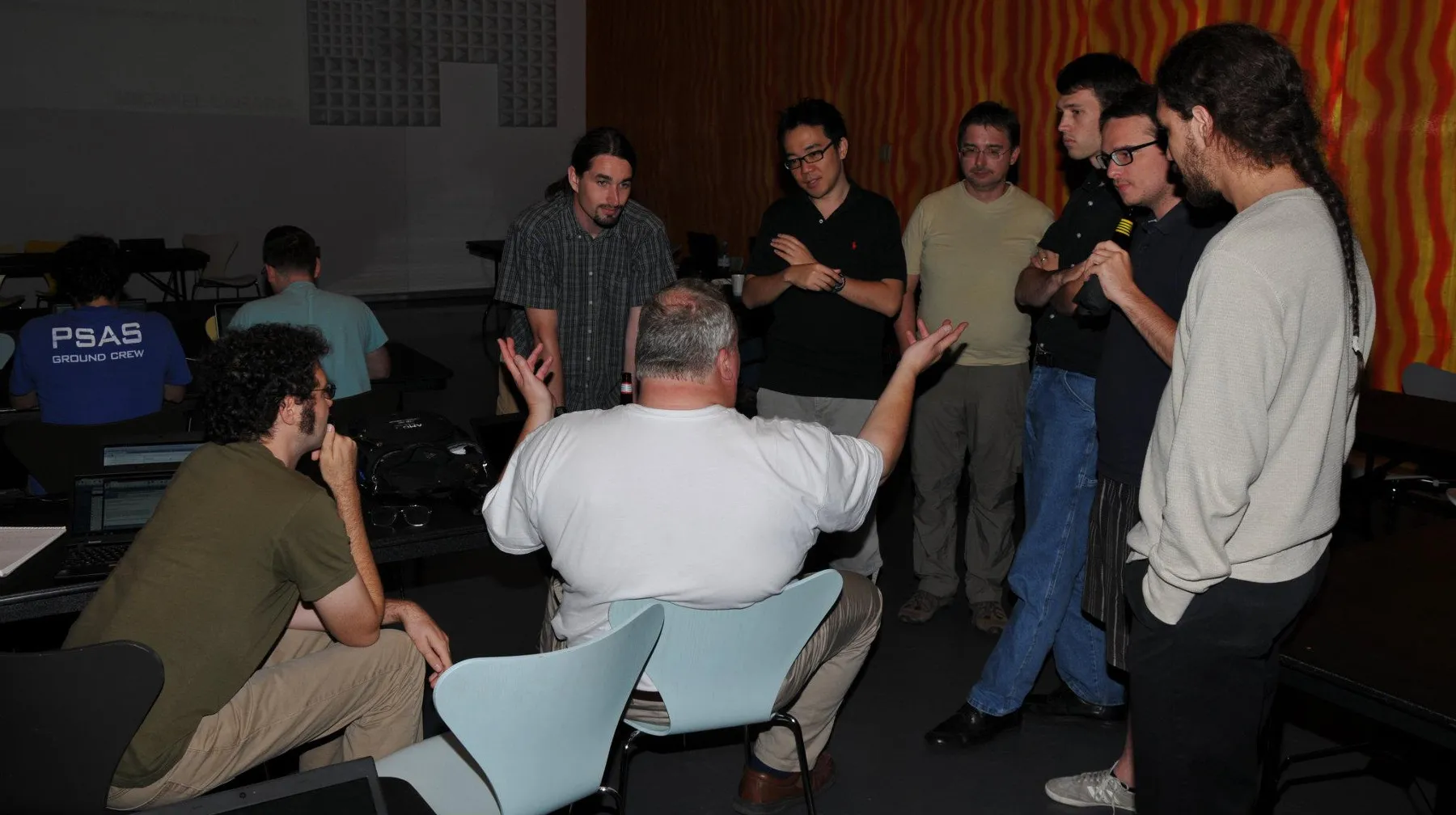A Reddit Refugee
current college student, permanent pirate, lover of all things mechanical and on wheels
moved here from lemmy.one because there are no active admins on that instance.
- 8 Posts
- 144 Comments
Yes.
Diesel engines are heavy, usually being cast iron blocks to support the continuous high torque & high temperatures caused by towing and their very high compression ratios. This heavier weight on the steer tires wears tires and brakes faster. Gas trucks almost all have aluminum blocks now and are much lighter. This makes diesels usually require tires that are 1-2 letter load ratings higher than a gas truck, which is also additionally more expensive to buy.
Diesel engines also produce significantly more torque, and torque is what causes tire wear during acceleration if you beat on it or tow a lot (it’s a huge problem with EV’s right now).
Diesels are really nice and generally get better mpg than gas when towing, but their maintenance is more expensive and they are significantly more expensive to purchase in the first place. They take more oil, more tires, and nowadays require DEF that partially negates the fuel cost savings. Plus a lot of modern diesels seem to have consistent emissions equipment problems.
They’re amazing if you’re moving very heavy loads all the time or travel over mountain passes frequently, but at only 5000lb payload I think a large diesel is overkill in any other situation.

 2·7 days ago
2·7 days agoAbsolutely. Don’t fuck with electrical.

 1·7 days ago
1·7 days agoProbably because it rarely worked in real life! It was especially harder if your party was travelling in the spring. River currents are strong as shit and there’s no way even oxen could stand strong enough to keep it from running away during strong spring snowmelt flows.

 2·7 days ago
2·7 days agoOh yeah, she’s fine now. She was young and impressionable, wasn’t hard to get her used to going back out there in better circumstances.

 2·7 days ago
2·7 days agoGenerally speaking most buildings can be “grandfathered in” under code such that it’s perfectly legal to rent as long as the electrical system functions and meets code for the year on which it was built or installed… shitty, but legal.

 1·7 days ago
1·7 days agoIRS reporting has entered the chat
Haha me too
Then the second I see bed it’s like “Oh that’s nice flops and passes out for 3 hours”
instruxtions unclear: 1hr getting ready /8hr work /1hr unpaid lunch/2hr total commute/1hr shower and nap/3hr cleaning house and dishes and cooking dinner/barely 2 hour free time /8 hour sleep
that’s just a “I don’t want to” 24/7 regardless where I am

 48·10 days ago
48·10 days agoHaha yeah they’ll do that. They can be insufferably curious.
I remember one time one of our border collie pups (not old enough to work but just getting introduced to the herd) got away from my mom. The cows all came over to check her out and she took off with the whole herd right after her!
She wasn’t that interested in working much after that…

 1851·10 days ago
1851·10 days agoDepends very heavily on the cows. Cattle rancher here. Be careful about it and *most cattle are OK to walk among.
Generally speaking, most farm cattle are timid towards people. They may come check you out and encircle you as a herd, but will usually scurry away if you move suddenly, and don’t care if you’re just in the field with them. They are herbivorous herd/prey animals, after all. The cattle my parents raise, perfectly safe to walk through. Hell the calves will often come up and sniff you out and rub up against you.
Some remote range cattle can be more wild. They might take off running if they see you within a half mile, or they might come running towards you if they deem you a threat.
The real danger often lies with bulls (hanging balls and huge shoulder) or cows with young calves (<1mo old). Both of these can be very unpredictable.
I’ve interacted with some bulls that were as gentle as can be and some that would rip your skin off if you weren’t on the other side of a panel. You should never go into a paddock with an unknown bull, ever.
And even the most timid cow can start squaring up if she has a very young calf still in need of protection.It’s something you mostly have to learn how to read. Cows are expressive. They have body language. They speak with their head and their tails, and they look with their ears. For me it’s easy to tell if a cow is safe to approach, but it is a learned skill.
When you approach cows, make noise. Nothing racocious but just talking in a firm tone to them is enough. Make sure the herd olknows your approaching long before you get close enough to be a danger, never suprise a cow. Always keep a distance of minimum 30 feet unless they approach you themselves out of curiosity.
A head and/or tail held very high means they are alert and focused on you, this usually means they are nervous and about to fight-or-flight. Back off slowly and try not to turn away.
If a herd dispersed while grazing begins to bunch up together, that also means they’re getting nervous. Just avoid the bunch and walk away from whatever direction they’re heading.A head held low while looking at you, or still grazing means they are relaxed. They dont usually lower their head to “charge” like in the cartoons until they’re already moving. You’re new to the field so they’ll always look at you. Move smoothly and steadily, they won’t bother you.

 4·11 days ago
4·11 days agoIf I’m to guess based off your username, you probably have a lot better understanding of the Caucasus than I do. Thank you for your views.
Having just done a little research, I see Dagestan is high majority Muslim too, I can see that also adding some stress between them and the Orthodoxy common in the rest of Russia/it’s government. And give separatists a lever to push on.

 298·11 days ago
298·11 days agoThis has the same iq level as spraying paint on stonehenge

 71·11 days ago
71·11 days agoCurious to see how Putin spins this. He’s very committed to the Ukraine gambit and dividing force strength wouldn’t likely be in his favor at this point, so this seems off brand for a false flag. Or it’s more of the local terror groups taking advantage of the fact that they are focused on Ukraine.

 53·11 days ago
53·11 days agoIt will not affect system stability, but… Surge protectors do not work at all without a ground wire to drop excess voltage to. Any kind of line voltage disturbance could kill every device.
Additionally, without any ground wire to pull the housings of devices to ground, the potential for a short to energize the case and then electrocute you is also high.
additionally additionally, if you have grounded outlets that don’t actually have a ground connection running to them, that means either the wiring system is broken or it was “updated” by an unlicensed hack job who has undoubtedly made numerous more dangerous decisions elsewhere in the circuit.
If your house is entirely ungrounded you really should have an electrician come update it ASAP. Outlet grounds have been mandatory since 1971. The chances are high that wiring predating that code is still using old cloth-wrapped wire insulation or even knob&tube, both of which are huge fire risks as the insulation is decayed badly by now. It’s expensive to have all new wire pulled but it is necessary.

 2·13 days ago
2·13 days agoit’s because implementing an existing touch screen module and then telling a bunch of code monkeys in a 3rd world country to write a barely functional UI for it is actively cheaper than engineering, sourcing, assembling and testing keypads with physical buttons or even a membrane keyboard these days
using a touch screen also means they can put the same mass produced PCB into 40 different products instead of needing a custom button pattern for each. just tell the code monkeys to update the UI. there’s a lot of economic arguments for the use of touch screens, but it sure doesn’t make the field worker’s lives any easier.

 4·13 days ago
4·13 days agoI am already the Unfortunate Cousin; however, it seems to be an unpaid internship…

 7·15 days ago
7·15 days agoMy guy if you can’t handle 2 or 3 comments being harassed by trolls or vote brigades (that don’t even do anything) you are gonna have a shit time literally anywhere on the internet
Also instance and user block feature. Use it.








This is a very good start. It will have limited effectiveness depending how exactly wet the filament is though, as the diffusion speed of water in plastic is low and it takes time to get the water actually out of the center to the surface to evaporate. The few minutes a filament sits in the inline dryer might be OK for surface moisture but will fail with wetter spools.
I think the ideal system would be to have a dry box that the heating unit and fan blow into, but then feed the filament out to the printer through a “stove pipe” that acts as the dry box exhaust. This way you’re still drying the whole spool over time but then get that “final blast” to ensure the surface is as dry as possible. Make sure to insulate all walls such that you reduce how much heat you lose as the air passes through.